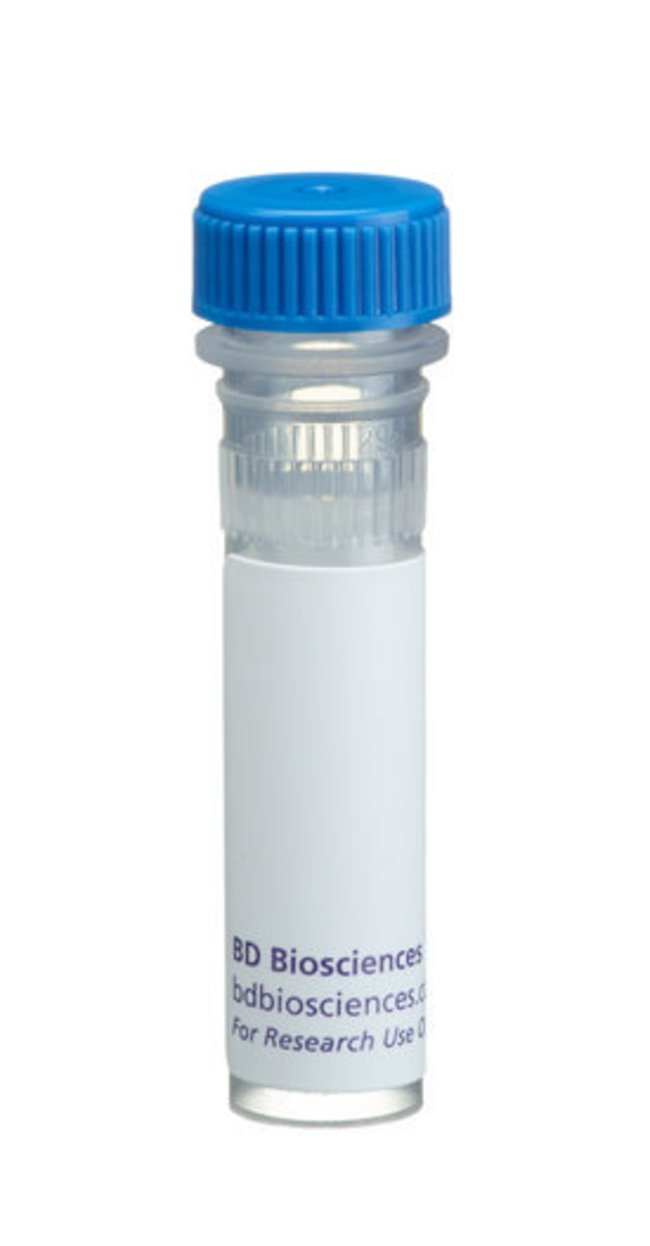Brevican Mouse, Unlabeled, Clone: 2, BD, Mouse Monoclonal Antibody, Each

Details
Neural tissue expresses a variety of cell surface heparan sulfate and extracellular chondroitin sulfate containing proteoglycans. Brevican, a chondroitin sulfate proteoglycan, is a member of the lectican family. Other members of this family are aggrecan, versican, and neurocan. These proteins are either heparan sulfate or keratan sulfate containing glycosylphosphatidylinositol (GPI) anchored or membrane spanning proteoglycans, or soluble chondroitin sulfate containing proteoglycans. Brevican exists as either a soluble or GPI-anchored plasma membrane protein. Brevican contains the shortest core protein of any of the family members. In addition, it is characterized by chondroitin sulfate chains, an N-terminal hyaluronic acid-binding domain (HA), an epidermal growth factor-like (EGF) repeat, and lectin-like and complement regulatory protein-like domains in its C-terminal region. Primary cerebellar astrocytes are the major site for mRNA expression and little, if any, is found in neurons. Although there is an 80 kDa N-terminal truncated form, full length brevican can be up to 145 kDa. Brevican is thought to play a role in the terminal differentiation and regulation of the adult nervous system.
Additional Information
| SKU | 10135177 |
|---|---|
| UOM | Each |
| UNSPSC | 12352203 |
| Manufacturer Part Number | 610895 |

